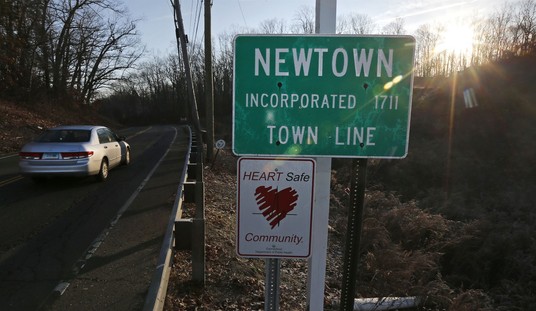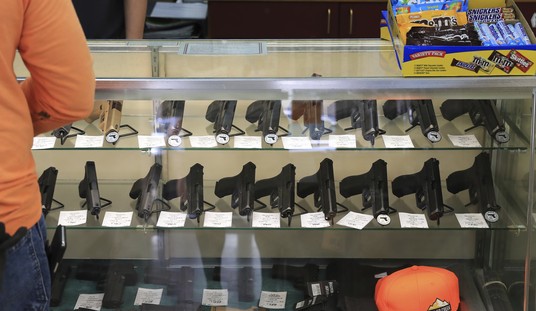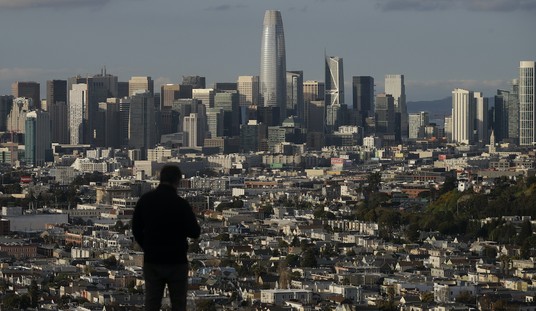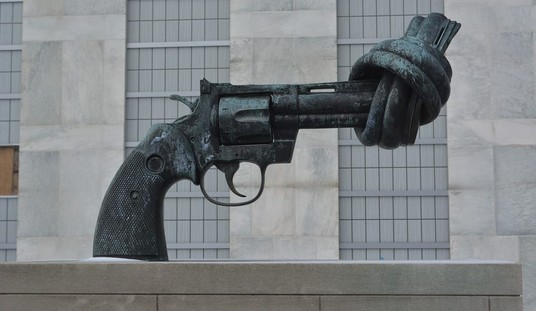With more than a quarter of the state of Missouri’s homicides concentrated in just a few square blocks of the city of St. Louis, crime fighting strategies that rely on curtailing the Second Amendment rights of law-abiding residents across the state are aiming in the wrong direction. On today’s Bearing Arms’ Cam & Co. we take a closer look at the increasing number of murders in St. Louis and what can be done to bring some peace to the city’s most violent neighborhoods.
Today’s show was prompted by a lengthy piece at the St. Louis Post-Dispatch that explores the staggering amount of violent crime in a one-mile stretch of the city’s North Grand Boulevard. As the paper reported, more than 25% of all of the homicides in Missouri last year took place within neighborhoods in St. Louis that make up just 1.5% of the population, and three of the 20 or so neighborhoods that comprise the most violent part of the state can be found within just a few blocks of the one mile stretch of North Grand between Sullivan Avenue and West Florissant Avenue. Yet instead of flooding the area with law enforcement and anti-violence programs, Democrats in the city have largely responded to the violence by demanding more statewide gun control laws, including the repeal of Missouri’s constitutional carry law that allows legal gun owners to carry without a license.
For Chris, the mechanic on the corner, the episodes of violence are recurring so often around him that he doesn’t want to bring his 15-year-old son to the shop to help anymore.
“It’s not safe,” he said, recalling another case when 17-year-old Armond Latimore was killed on the same corner one afternoon in 2018 after picking up food at Bing Lau. The day he was killed Latimore posted to social media, “… I’m just glad I can say I made it to see 17.”
“The leadership are making it worse,” Chris said before stopping to greet a neighborhood fixture, Robert Wallace, 85. The man was dressed in an all-white suit and a red tie as he drove down the sidewalk in a motorized wheelchair blaring smooth jazz from a speaker.Chris said he blamed some of the rising violence on the law passed by the Missouri Legislature in 2016 that allows people with no criminal record to carry concealed weapons without having a permit or weapons training. The law also has been a common target for city leaders, including Mayor Lyda Krewson and Chief Hayden who believe it’s contributed to violent crime in the city.“The problem is that every 17- or 20-year-old got a gun,” Chris said. “And now with the new laws it’s so easy. Next thing you know, the kid is doing life and somebody is dead.”
Another problem with the idea that Missouri’s constitutional carry laws are fueling the violence is the fact that St. Louis has been one of the most dangerous cities in the country for decades now, long before state law changed to allow legal gun owners to carry without a license. This year will go down as the deadliest in St. Louis’ history, with the city on pace to end 2020 slightly ahead of the 248 homicides that were recorded in the city back in 1994.
Not only did Missouri not have constitutional carry in 1994, it didn’t even have a concealed carry law on the books at the time (“shall issue” concealed carry became the law five years later, in 1999).
The simple truth is that it’s not Missouri’s carry laws that are causing violence to shoot skyward in St. Louis this year, it’s a lack of consequences for those criminals who are pulling the trigger.
There’s about a 40% clearance rate among the 46 murder cases along the mile since 2010, according to police data and coverage by the Post-Dispatch.
That’s slightly below the clearance rate for the city as a whole last year, with 47% of 2019 homicides cleared as of this month, short of the national homicide clearance rate of about 60%.
Chief Hayden told the Post-Dispatch that a lack of cooperation from witnesses and victims contributes to the low clearance number.
Hayden said he’s hopeful proposals from Missouri Gov. Mike Parson to build a state witness protection program might improve cooperation from those who fear retaliation. The program was created in September but does not yet have funding.
Anything that the state can do to reassure witnesses that their lives won’t be endangered by cooperating with police is a good thing, and a state witness protection program could ensure that violent offenders face arrest and charges in the future rather than seeing their cases dismissed because eyewitnesses are afraid to come forward and testify. However, Thomas Abt, a senior fellow at the Council on Criminal Justice, tells the Post-Dispatch that with so much of the state’s violent crime taking place in just a few square blocks, police need to respond accordingly.
Abt argues the concentrated nature of the crime necessitates a concentrated approach to prevention focused on narrow locations and groups of people.
“There is a lot of focus when you talk about crime on curing poverty or inequality and I support those for other reasons, but those will take decades to improve,” he said. “They’re not targeted enough. You have to address violence directly. To save lives right now, focus on the damn violence.”
Again, you don’t address violence directly by passing gun control laws that are aimed squarely at legal gun owners. In fact, that’s a fundamentally unserious way of taking on violent criminals; passing new laws that restrict the constitutional right to keep and bear arms.
There are real, concrete steps that the city of St. Louis can take right now to save lives and bring peace to the neighborhoods along North Grand, but the push for new gun control laws is a step in the wrong direction.









Join the conversation as a VIP Member